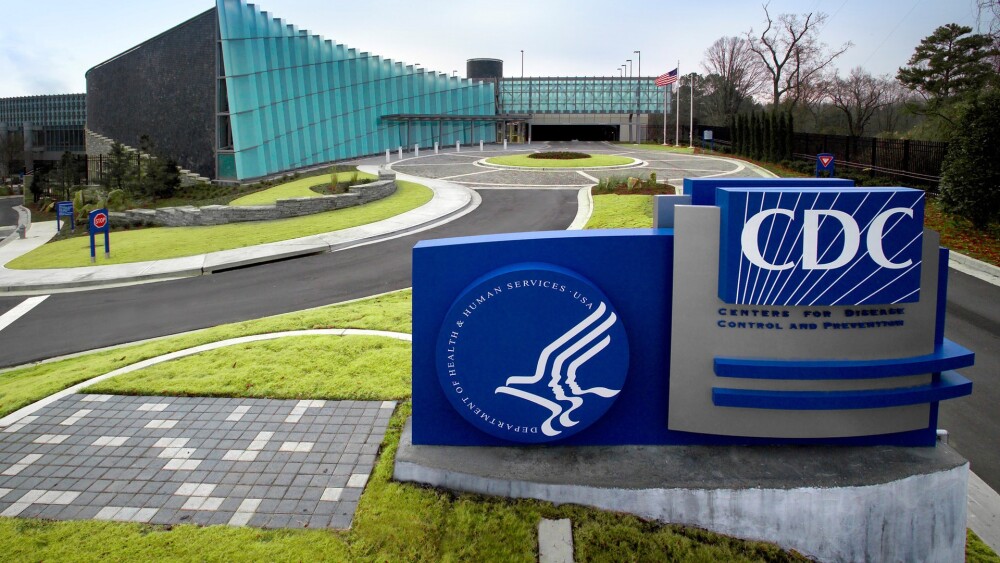While the regulator has not approved their use in type 1 diabetes, off-label prescribing for GLP-1 receptor agonists has sharply increased, according to researchers, who warn about the risk of serious side effects such as ketoacidosis.
GLP-1 receptor agonists, including the blockbuster drugs semaglutide and tirzepatide, are increasingly being prescribed to patients with type 1 diabetes, despite having no FDA approval for this indication, according to a study published Wednesday in the Journal of the American Medical Association.
From 2010 to 2023, the percentage of type 1 diabetes (T1D) patients that were given GLP-1 therapies surged from 0.3% to 6.6%. This increase was statistically significant, with a p-value less than 0.001, according to the study, which looked at electronic health record data from the healthcare database Epic Cosmos. Overall, the study included data from nearly 950,000 patients with T1D.
Novo Nordisk’s semaglutide—marketed as Ozempic for type 2 diabetes (T2D) and Wegovy for weight loss—saw the biggest jump in T1D uptake, jumping from 0.2% in 2018 to 4.4% in 2023. Meanwhile, Lilly’s tirzepatide—approved as Mounjaro for T2D and Zepbound for obesity—was prescribed to 1.3% of T1D patients within a year of its initial approval in 2022.
Of note, the researchers pointed out that GLP-1 receptor agonists were most commonly prescribed to T1D patients with obesity.
Aside from GLP-1 analogs, researchers also looked at the prescribing patterns of SGLT2 inhibitors—another popular class of T2D medication—and found similar trends. In 2010, 0.1% of T1D patients were treated with SGLT2 inhibitors, rising significantly to 2.4% in 2023.
Corresponding author Hui Shao, of the Emory University Rollins School of Public Health, in a statement cautioned that the use GLP-1 and SGLT2 therapies in T1D “has increased sharply over the past decade,” despite their safety concerns in this indication—including ketoacidosis—a serious and potentially life-threatening complication that develops when the body fails to produce enough insulin.
“This increase is likely to continue due to their significant benefits in weight management and cardiorenal protection observed in individuals with type 2 diabetes and the general obese population,” Shao said, noting that “urgent studies are needed” to better elucidate the benefits and risks of the GLP-1 and SGLT2 drug classes in T1D. Meanwhile, “caution should be used” when treating T1D patients with these medications.
The warning from researchers comes amid the potential myriad of therapeutic benefits of GLP-1 receptor agonists beyond diabetes and obesity.
Novo Nordisk in March won the FDA’s approval for Wegovy to lower the risk of cardiovascular death, heart attack and stroke in overweight or obese patients with cardiovascular diseases. Meanwhile, Lilly is also positioning Zepbound as an answer to obstructive sleep apnea, with an FDA decision expected as early as the end of the year.
In addition, several studies have also detected signals of efficacy for a variety of other conditions, including Alzheimer’s disease, opioid overdose, tobacco use disorder and cirrhosis in metabolic dysfunction-associated steatotic liver disease.






